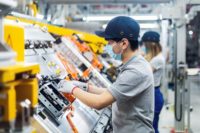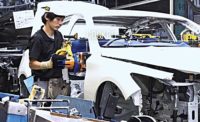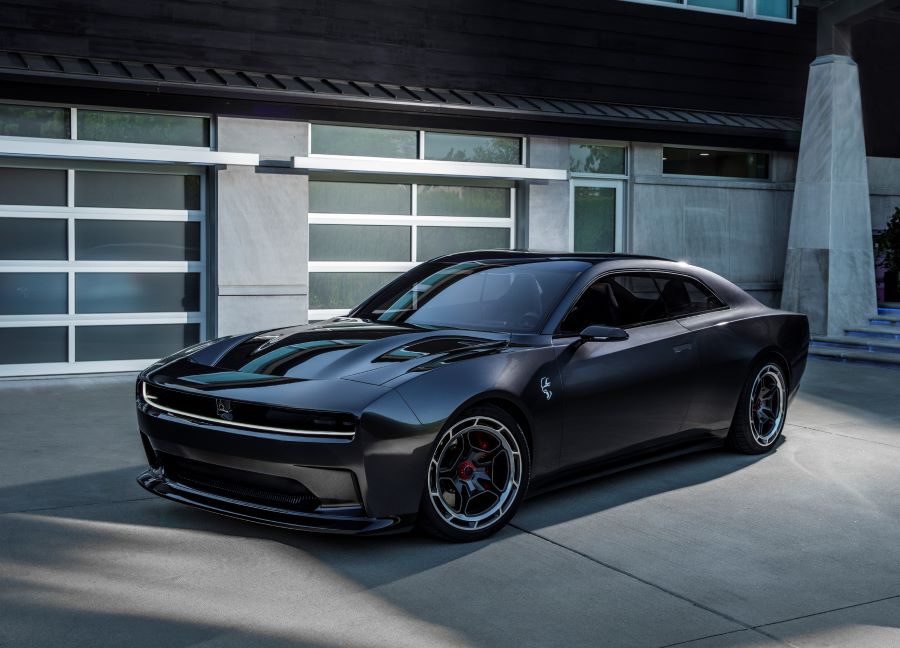Actuator Module Enables Electrified Transmissions

REGENSBURG, Germany—An automotive supplier in this medieval city is at the forefront of e-drive technology that’s powering the next generation of electric and hybrid vehicles. Engineers at Vitesco Technologies have developed a device that is used in the automatic transmission of the new Renault Clio E-Tech.
The electrical actuator module controls gear changes in the automatic transmission. Two electric motors with 100-watt output initiate the gear shifts.
“The dedicated hybrid transmission in the Clio E-Tech does not feature a friction clutch,” explains Stephan Rebhan, executive vice president of technology and innovation at Vitesco Technologies. “So, gear shifts are initiated via a claw coupling, which reduces friction losses and further increases the efficiency of the drive while reducing the installation space required.
“A front-transverse installation will also be possible in more compact vehicles as a result,” Rebhan points out. “The module uses more cost-effective direct-current motors and weighs less than 1 kilogram.
“When the claws are engaged, the two electric motors in the actuator module work with such speed and precision that the driver does not notice the absence of the friction clutch, because the gear shifts in less than 150 milliseconds,” says Rebhan. "The rubber band effect, whereby the gear shift noticeably lags behind the request from the accelerator pedal, does not occur here.
"Just a few years ago, something like this would never have been technically feasible," claims Rebhan. "Only now is the control technology powerful enough to implement a claw coupling concept of this kind.”
“With this new form of electrification, a considerable simplification of the mechanical components in the transmission means that it will be possible to offer a full hybrid at the price level of a diesel vehicle with automatic transmission,” adds Wolfgang Breuer, executive vice president of the electronic controls business unit at Vitesco Technologies. “As a result, the actuator module for transmission electrification is helping to make hybrid vehicles more attractive for the buyer and allowing better utilization of the CO2 savings of hybrid technology.”
Looking for a reprint of this article?
From high-res PDFs to custom plaques, order your copy today!





